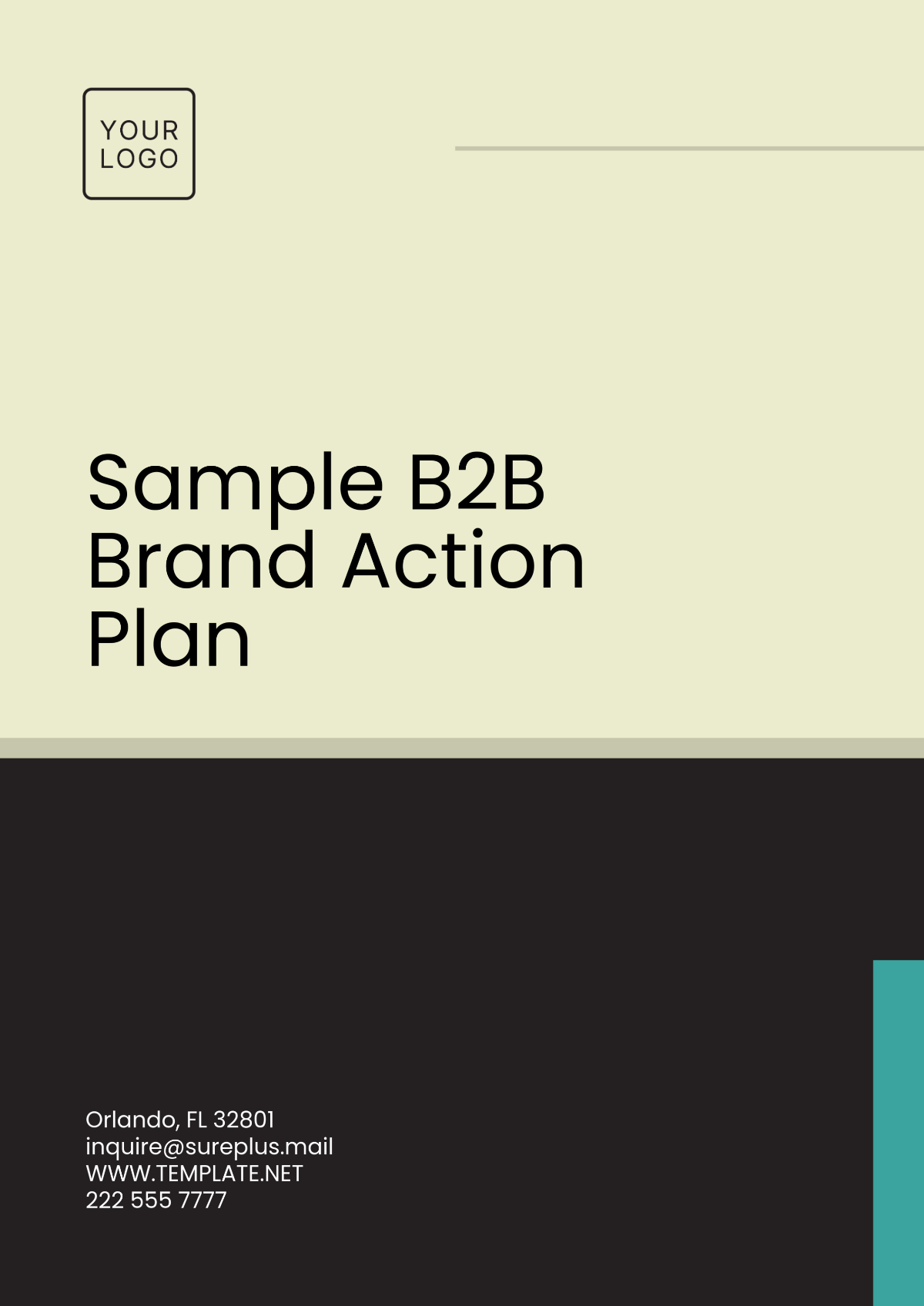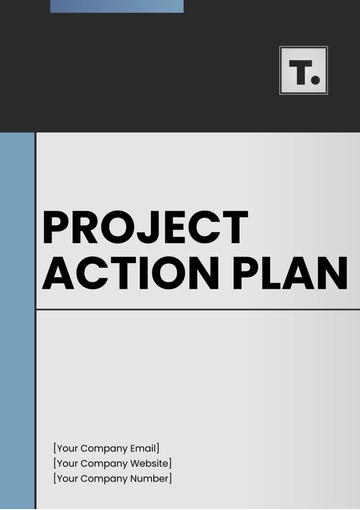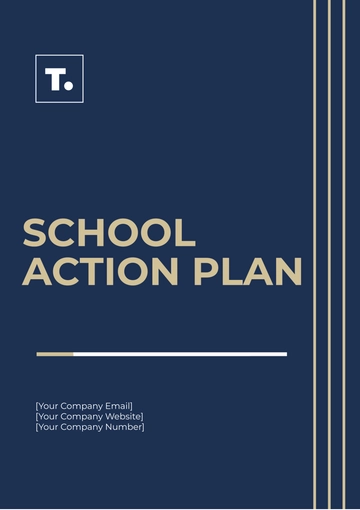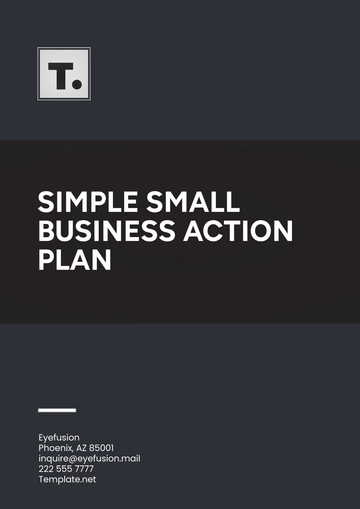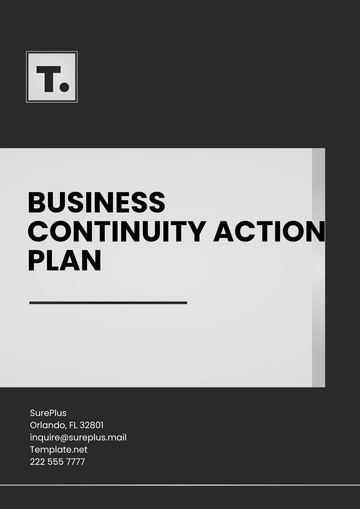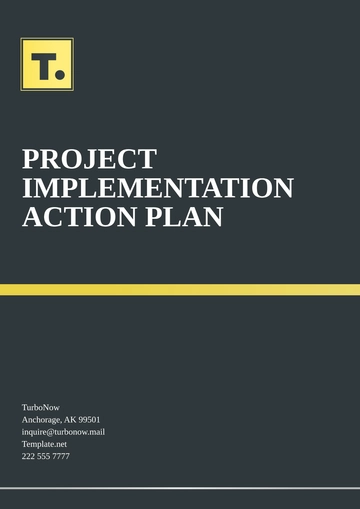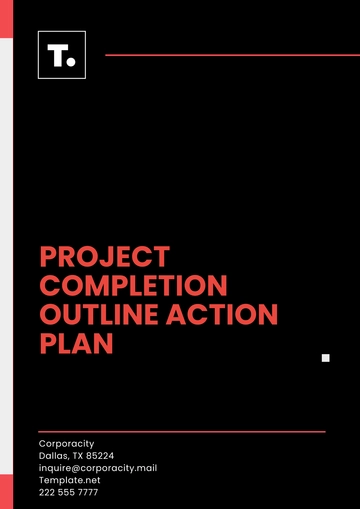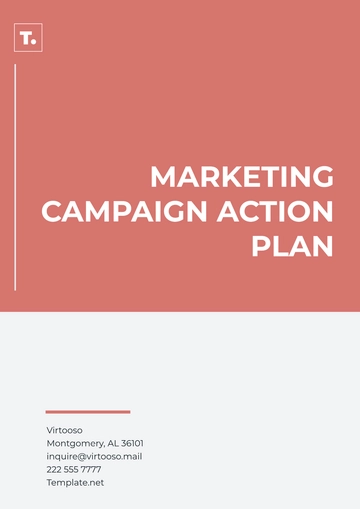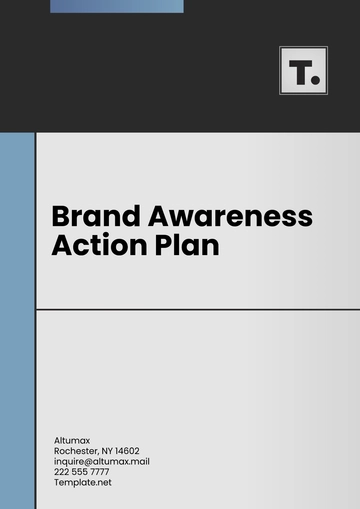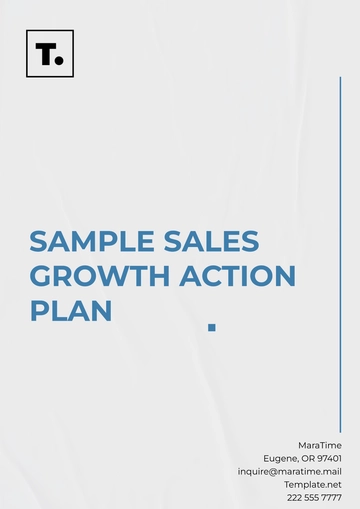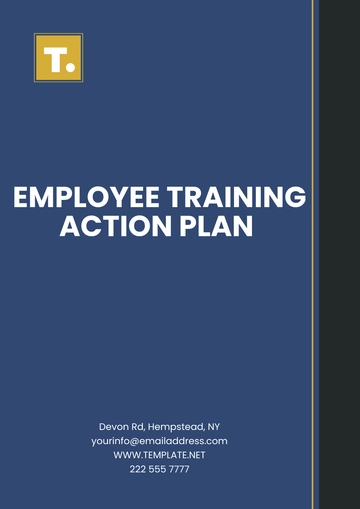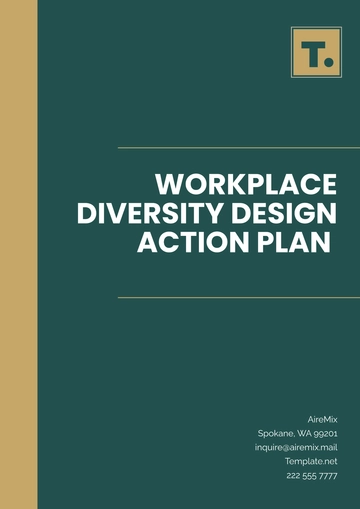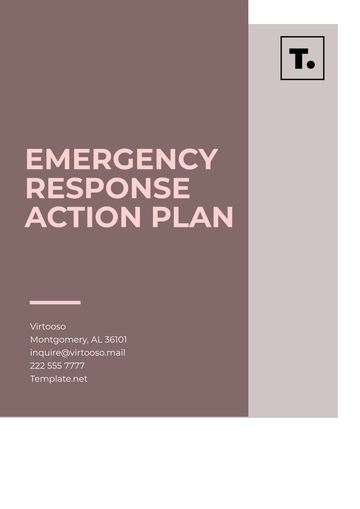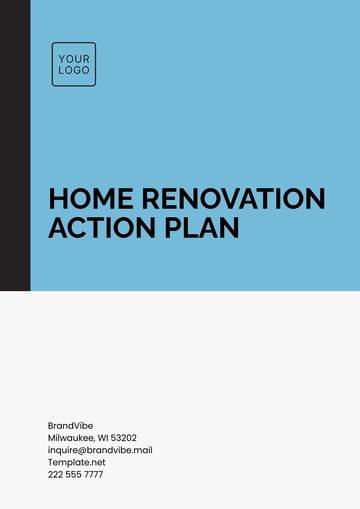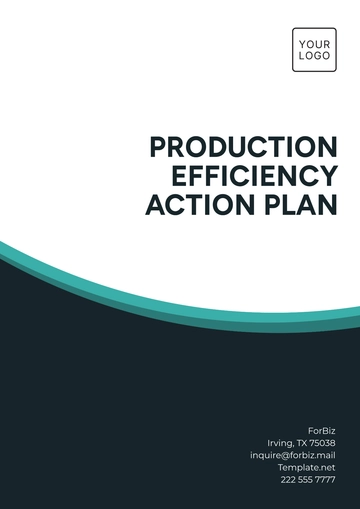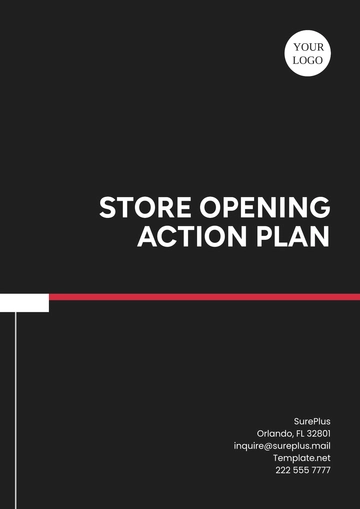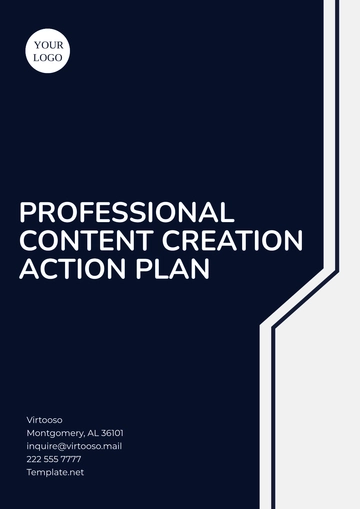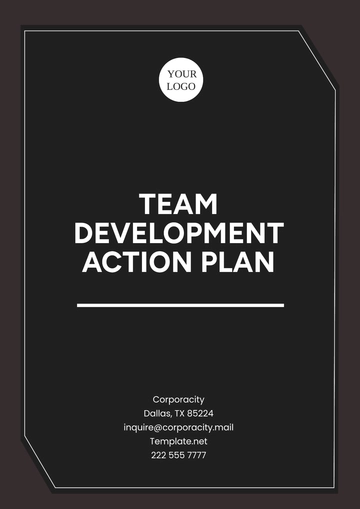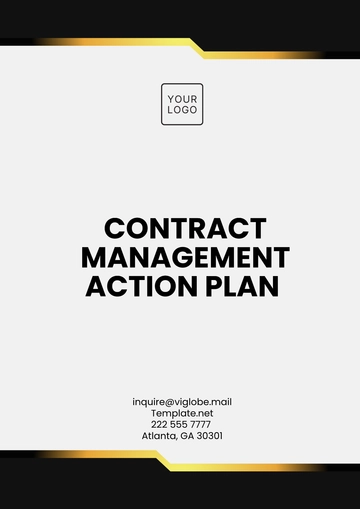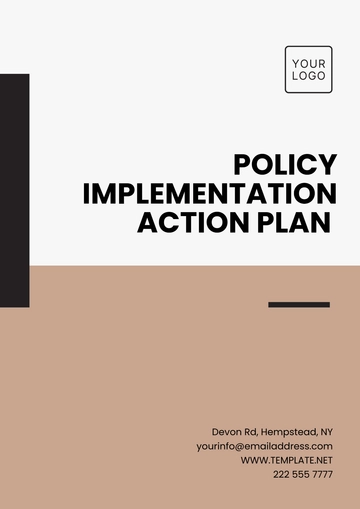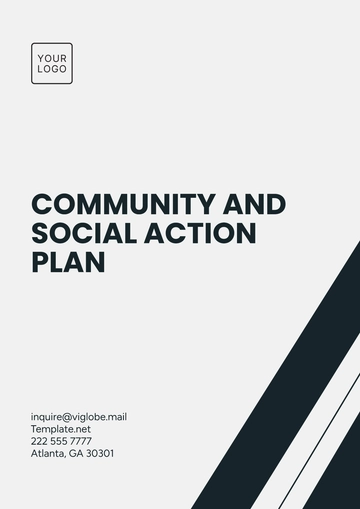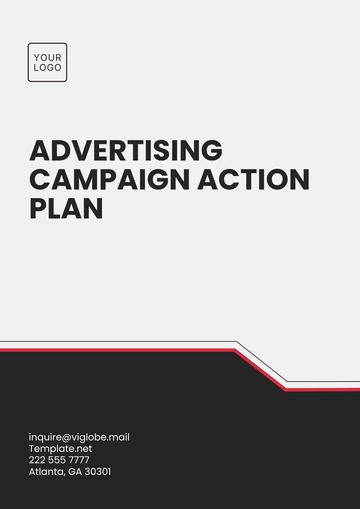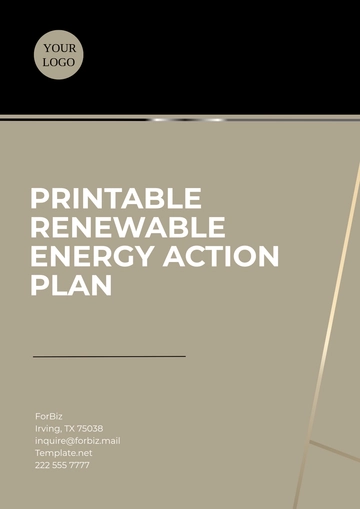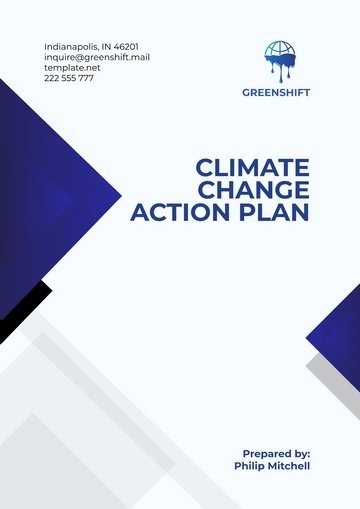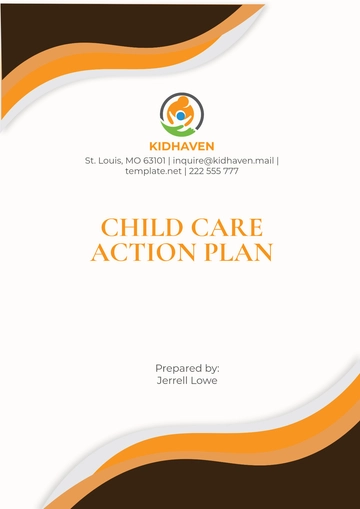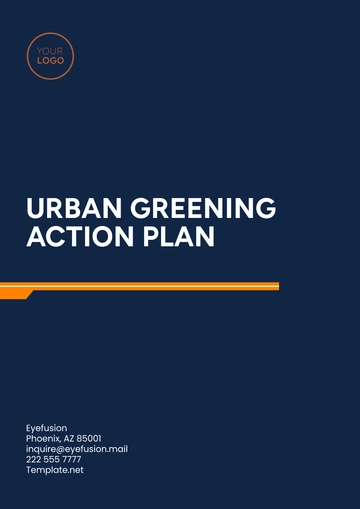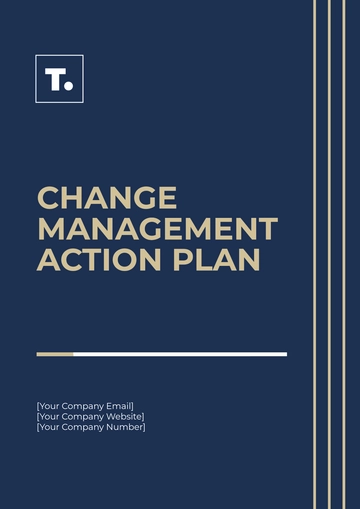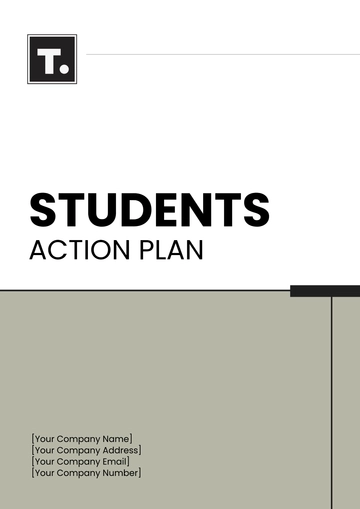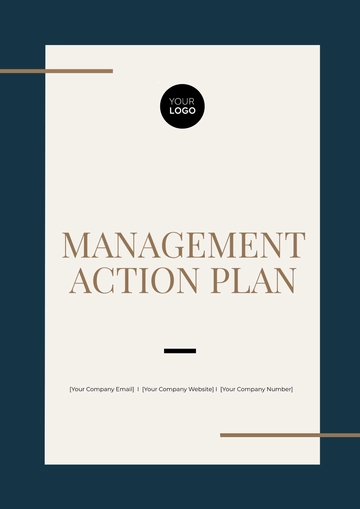Sample B2B Brand Action Plan
Prepared by: [Your Name]
Company: [Your Company Name]
Date: [Date]
1. Executive Summary
This action plan outlines the key strategies and initiatives to enhance our brand presence, strengthen customer relationships, and drive growth within the B2B market. Our goal is to position our brand as a trusted industry leader while delivering value to our customers through innovative solutions and targeted marketing efforts.
2. Brand Audit and Analysis
A. Current Brand Assessment
Review brand perception in the market, customer feedback, and current brand equity.
Identify gaps and areas for improvement in brand messaging, customer engagement, and differentiation.
B. Competitor Analysis
Assess competitors' strengths, weaknesses, and strategies to identify opportunities for differentiation.
Understand market trends, pricing strategies, and service offerings that influence purchasing decisions.
C. SWOT Analysis
Strengths: Established expertise, high-quality products/services.
Weaknesses: Limited brand recognition in certain regions, lack of differentiated messaging.
Opportunities: Growing demand in emerging markets, potential for digital transformation.
Threats: Increasing competition, market saturation.
3. Target Audience
Buyer Personas:
Decision-Makers: CEOs, CMOs, procurement managers.
Pain Points: Cost optimization, operational efficiency, scalability.
Buyer Needs: Reliable solutions, industry expertise, long-term partnerships.
Customer Segmentation:
Large Enterprises: Seeking advanced, customizable solutions.
Mid-Market Companies: Looking for scalable, cost-effective solutions.
Startups: In need of flexible, innovative solutions that grow with them.
4. Brand Positioning
Unique Value Proposition (UVP):
We provide cutting-edge solutions that help businesses optimize their operations and achieve sustainable growth with unmatched customer service and support.
Brand Differentiation:
Focus on deep industry expertise, personalized customer support, and innovative, flexible solutions.
5. Brand Objectives and Goals
Objective 1: Increase brand awareness by 20% within the next 12 months.
Objective 2: Strengthen customer relationships and retention by 15% within the next 6 months.
6. Marketing Strategies and Tactics
Content Marketing:
Develop industry-specific blogs, whitepapers, and case studies that address pain points and solutions.
Create engaging webinars and video content to showcase expertise.
Social Media Marketing:
Email Campaigns:
Create segmented email lists for personalized, high-value content delivery.
Utilize drip email campaigns to nurture leads and guide them through the sales funnel.
Partnerships & Sponsorships:
7. Brand Messaging and Communication
Key Messages:
"Empowering businesses through innovative, scalable solutions."
"A trusted partner for your business's growth and success."
"Industry expertise that drives efficiency and operational excellence."
Tone and Voice:
Professional, authoritative, and customer-centric.
Clear, concise messaging with a focus on benefits and solutions.
Brand Guidelines:
Ensure consistency across all touchpoints including website, social media, emails, and customer interactions.
8. Action Plan and Timeline
Action Item | Owner | Deadline |
|---|
Launch content marketing campaigns | Marketing | January 15, 2050 |
Develop customer loyalty program | Customer Success | February 1, 2050 |
Attend B2B industry events | Sales | March 2050 |
Implement customer feedback system | Product Development | April 2050 |
9. Budget and Resources
A. Budget Allocation:
Content Marketing: $20,000
Social Media Advertising: $15,000
Event Sponsorships: $10,000
Customer Retention Initiatives: $5,000
B. Resources Needed:
Marketing team for content creation and campaign management.
Sales team to engage with leads generated through digital efforts.
Customer success team for post-sale support and loyalty programs.
10. Measurement and Metrics
KPIs to Track:
Website traffic and social media engagement (e.g., LinkedIn connections, Twitter mentions).
Lead generation and conversion rates from campaigns.
Customer retention and satisfaction scores (e.g., Net Promoter Score).
Tools:
11. Risk Management and Contingency Plans
A. Potential Risks
Risk 1: Low engagement from target audience.
Risk 2: Competition from larger players in the industry.
B. ontingency Plans
Plan Templates @ Template.net
